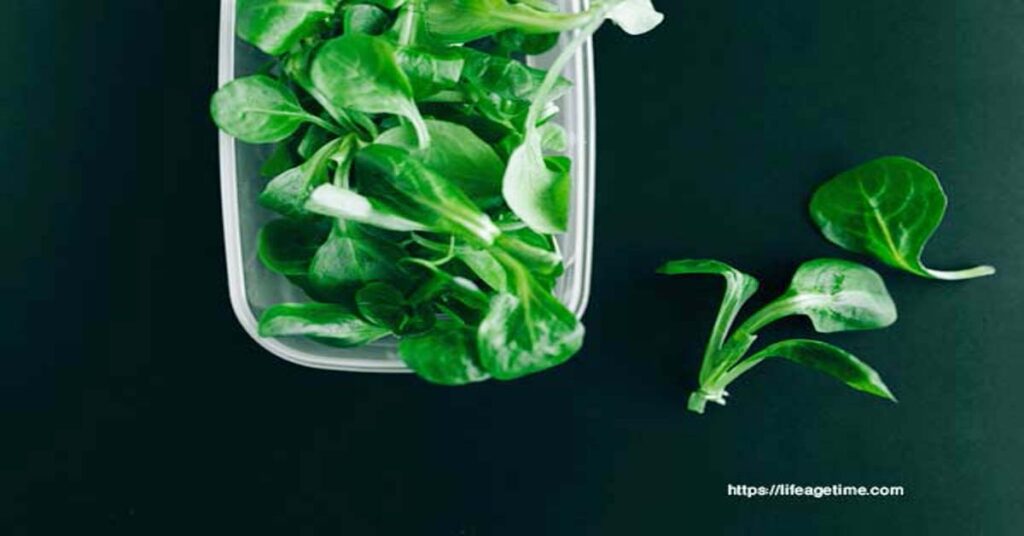Understanding The Importance Of Food Storage
Food storage is a crucial aspect of any civilization, including the virtual worlds of Dwarf Fortress. Optimizing food storage processes is necessary for the survival and prosperity of your fortress. Proper food storage ensures a steady supply of sustenance and reduces the risk of starvation and wastage.
The value of proper food storage lies in its ability to provide sustenance during challenging times. By implementing effective strategies, you can safeguard your fortress against potential disasters, sieges, or crop failures. Inadequate food preservation can lead to dire consequences, including famine and unrest among your dwarves.
One way to enhance food storage is by constructing efficient storage rooms equipped with barrels, bins, and other containers. These designated areas help keep food items organized, prevent spoilage, and optimize space utilization.
In addition to proper storage, it is essential to consider inventory management. Regularly inspect your stockpiles, rotate food supplies to avoid spoilage, and maintain a well-structured logistics system to track and distribute provisions effectively.
Optimal food storage practices are vital for maintaining the stability and prosperity of your Dwarf Fortress. By understanding the value of proper food storage and the consequences of inadequate preservation, you can ensure the survival and satisfaction of your dwarven population.
Factors Affecting Food Preservation
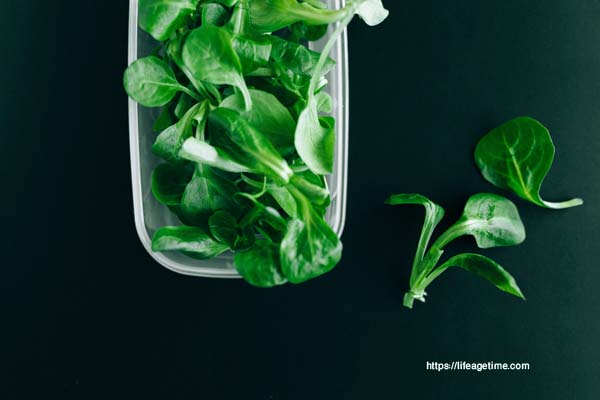
Temperature and humidity control: Proper temperature and humidity control are essential factors in preserving food items in Dwarf Fortress. The optimal temperature for a food storehouse is generally between 35- 38 degrees Fahrenheit(1.7-3.3 degrees Celsius). This low temperature helps decelerate the growth of bacteria, extending the shelf life of food. Also maintaining the applicable moisture position is pivotal to help humidity buildup. which can lead to the earth’s growth. It’s recommended to store food particulars in a cool and dry position to ensure their life.
Packaging and vessel selection Choosing the right packaging and holders is also important for a food storehouse. Airtight containers are particularly effective in preventing air and moisture from entering minimizing the risk of spoilage. Additionally, sealable bags or vacuum-sealed packaging can help preserve freshness. It is essential to select packaging materials that are suitable for specific food types. Ensuring they remain protected from outside elements and contaminants.
Essential Techniques For Food Storage
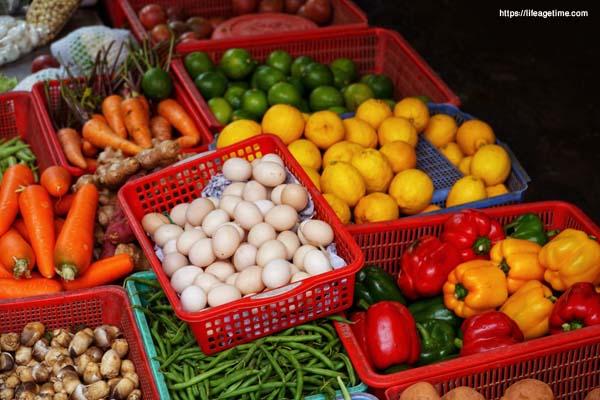
Canning and pickling are popular methods for preserving food items. Canning involves sealing food in jars or cans and heating them to destroy bacteria and other microorganisms. This process allows the food to be stored for a long period without spoilage. Pickling, on the other hand, involves immersing food in a solution of vinegar salt. and other ingredients preserving them in an acidic environment. Both techniques not only enhance the shelf life of the food but also add unique flavours to them.
By storing food at low temperatures the growth of microorganisms is slowed down preventing spoilage. Vacuum sealing is often used in conjunction with freezing. It involves removing air from a package and sealing it tightly. preventing moisture and air from entering and compromising the food’s quality. This technique is particularly useful for long-term storage as it maintains the food’s taste and texture.
Dehydration and smoking are techniques used to remove moisture from food. Inhibiting the growth of bacteria and moulds. Dehydration involves removing the water content from food items through heat or air drying. Smoking on the other hand involves exposing food to smoke. which not only dries the food but also imparts a distinct smoky flavour. Both methods are valuable for storing a variety of foods. such as fruits, vegetables, meats, and fish, allowing them to be enjoyed for an extended period.
Choosing The Right Food Storage Items

When considering shelf life, it’s important to elect food storehouse particulars that have a long expiration date. This ensures that the food will stay fresh for an extended period of time Reducing the threat of corruption. Also, it’s pivotal to assess the nutritive value of the particulars. Look for foods that are high in vitamins, minerals, and essential nutrients to provide a balanced diet even during prolonged storage. It’s also beneficial to choose food storage items that offer versatility. Items that can be used in various recipes and meals allow for greater creativity and flexibility in meal planning.
Below is a table that summarizes the key considerations for choosing the right food storage items:
| Consideration | Description |
|---|---|
| Shelf Life | Select items with a long expiration date to prevent spoilage. |
| Nutritional Value | Choose foods high in vitamins, minerals, and essential nutrients. |
| Versatility | Opt for items that can be used in a variety of recipes and meals. |
By considering the shelf life, nutritional value, and versatility of food storage items, you can ensure that your supplies are well-suited for long-term storage and provide you with nourishing meals throughout their lifespan.
Optimizing Storage Spaces For Efficiency

One effective strategy for optimizing storage spaces for efficiency in Dwarf Fortress is to utilize vertical space. Instead of focusing solely on horizontal storage, consider using shelves or cabinets that can be stacked vertically to make the most of the available space. This allows for better organization and easier access to different food items.
Another useful tip is to organize food by category and expiry date. Grouping similar items together such as fruits, vegetables, meats, and grains can help you locate specific items more quickly. Additionally, keeping track of expiry dates can prevent food wastage and ensure that you consume items before they go bad.
By implementing these strategies, you can create an efficient and well-organized food storage system in Dwarf Fortress, maximizing space utilization and minimizing the risk of spoilage or loss.
Effective Rotation Methods For Stored Food Items

FIFO (First In, First Out) is an effective rotation method for storing food items in Dwarf Fortress. This method ensures that the oldest items are used before the newer ones, reducing the risk of spoilage and wastage. By organizing the inventory using inventory management tools, such as bins and barrels, it becomes easier to implement the FIFO system.
One way to utilize inventory management tools is to assign specific bins or barrels for different types of food items. For example, you can dedicate one bin for fruits and vegetables, another for grains, and a separate barrel for drinks. This allows for efficient organization and easy retrieval of items.
Additionally, labelling the bins or barrels with the purchase or storage data helps keep track of the items’ ages. By placing new items behind the older ones, you ensure that the older ones are consumed first. Regularly checking the inventory and removing any spoiled or expired items is also essential for maintaining food safety.
| Benefits | Explanation |
|---|---|
| Prevents spoilage | Older items are used first, reducing the risk of spoilage and waste. |
| Maximizes freshness | By consuming older items first, you ensure that fresher items are available. |
| Easy inventory management | Organizing items by age and category simplifies inventory management. |
Minimizing Contamination Risks dwarf fortress food storage item

Proper cleaning and disinfection are critical in minimizing contamination risks in dwarf fortress food storage. Regular cleaning of storage areas is essential to remove any spills or debris that may attract pests or bacteria. It is important to clean using appropriate cleaning agents and follow the manufacturer’s instructions. Disinfection should also be implemented using approved disinfectants to eliminate any existing pathogens. This step helps ensure the safety of stored food items.
Pest control measures are essential to prevent infestations in dwarf fortress food storage. This involves the use of various techniques, such as sealing cracks and crevices to prevent pest entry, implementing traps and baits to capture and eliminate pests, and employing insect repellents to deter them. Regular monitoring and inspection are crucial to identify and address any pest-related issues promptly. Additionally, maintaining proper hygiene and implementing strict storage practices, such as using airtight containers and regularly rotating stock, can help minimize the risk of pest infestations.
Extended Shelf Life Methods dwarf fortress food storage item
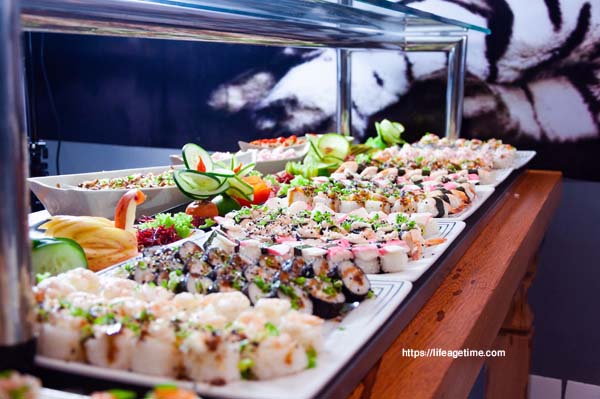
Preserving food for extended periods of time is a crucial practice in order to ensure a continuous food supply. One popular method is using preservation additives. These additives aid in extending the shelf life of various food items. Allowing them to be stored for longer durations without compromising their quality and nutritional value.
Turmoil This fashion involves the use of microorganisms similar to bacteria. and incentive to transfigure carbohydrates into preservatives like acids or alcohol. The process of turmoil not only preserves food but also enhances its flavor and texture. Examples of fermented foods include yoghurt, sauerkraut and kimchi.
Salting is another ancient system of food preservation. By drawing out the moisture from food items. Salting inhibits the growth of bacteria, thus extending their shelf life. Salt acts as a natural preservative, creating an unfavourable environment for microbial growth. Common salted food items include cured meats, salted fish and pickles.
Advantages of preservation additives: Disadvantages of preservation additives:
| Advantages of preservation additives: | Disadvantages of preservation additives: |
|---|---|
|
|
Ensuring Food Safety And dwarf fortress food storage item

Food safety and quality are of utmost importance in Dwarf Fortress. Especially when it comes to food storage items. With stringent measures in place. you can ensure that the food remains safe and retains its quality throughout the game.
Proper food storage is essential for maintaining food safety and quality in Dwarf Fortress. It is important to be able to identify signs of spoilage and follow safe handling and storage practices. Ensuring Food Safety And QualitySigns of spoilage can include visible mould, smells discolouration, and slimy textures. If any of these signs are evident it is best to discard the food item to prevent foodborne illness.
Safe handling practices involve washing hands thoroughly before handling food. using clean utensils and containers and keeping the storage area clean and free from pests. Food should be stored in watertight holders or bags to help humidity and air exposure, which can accelerate corruption.
it’s important to store different types of food particulars independently to help cross-contamination. For illustration, raw flesh should be stored on the bottom shelf of the refrigerator to help their authorities from polluting other foods. Labelling and dating food items can also help keep track of their freshness.
Addressing Common Food Storage Challenges
- Optimize your storage space by using vertical shelving units.
- Consider utilizing underutilized areas in your home such as the space under stairs or beds.
- Invest in collapsible storage containers that can be easily stacked, and stored when not in use.
- Use vacuum-sealed bags to minimize the size of bulky food items and maximize available space.
- Keep a stockpile of non-perishable food items that require no refrigeration.
- Invest in a generator or alternative power source to keep refrigerated items cold during power outages.
- Rotate your food storage regularly to ensure freshness and prevent spoilage.
- Keep an emergency kit stocked with essential items like a can opener matches, and a manual can sealer
Frequently Asked Questions On Dwarf Fortress Food Storage Item

How Do You Preserve Food In Dwarf Fortress?
Preserving food in Dwarf Fortress is crucial. You can do this by constructing food stockpiles in cool places, like underground caves or ice-filled rooms. Also, consider pickling or drying food to extend its shelf life. Don’t forget to assign dwarves to tasks related to food preservation, such as butchering and cooking.
What Do You Store In Chests In Dwarf Fortress?
Chests in Dwarf Fortress store various items like tools, weapons, armour, food, and valuable resources.
Should I Use Bins In Dwarf Fortress?
Yes, you should use bins in Dwarf Fortress. Bins help organize your items, reduce clutter and improve efficiency in managing your fortress. They make it easier to locate and transport specific items. Using bins can save time and enhance your overall gameplay experience.
How Can I Store Food In Dwarf Fortress?
You can store food in Dwarf Fortress by building a designated food stockpile that is accessible to your dwarves.
What Is The Best Way To Organize My Food Stockpile?
Organize your food stockpile in Dwarf Fortress by grouping similar food items together and setting stockpile size limits to avoid overcrowding.
Conclusion dwarf fortress food storage item
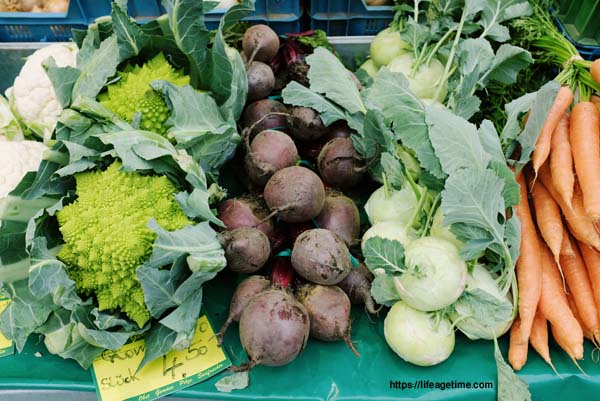
Mastering food storage in Dwarf Fortress is essential for the survival and development of your fortress. By utilizing various containers and implementing efficient organizational systems, you can ensure a steady supply of food for your dwarves. Remember to consider factors such as temperature, vermin control, and accessibility when planning your food storage solutions.
With proper management, you can create a thriving fortress that stands the test of time.

